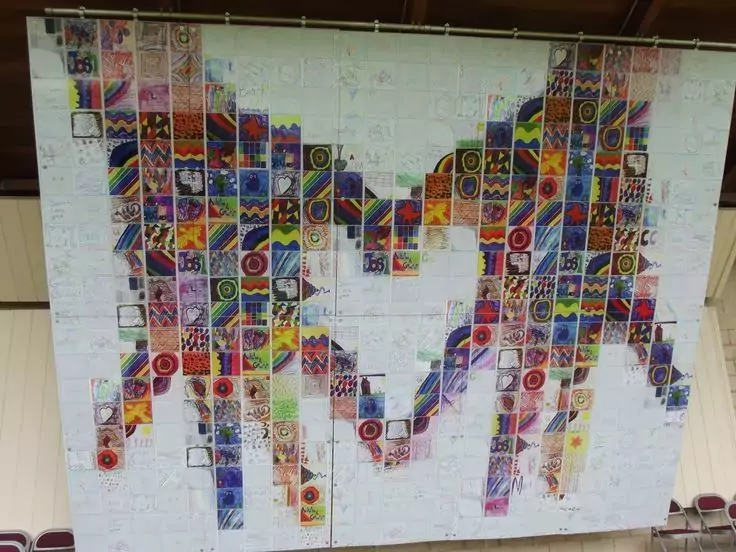The Benefits of Collective Art
Collective art-making is a way of working together to further a particular message or core value. It allows for an examination of various positive outcomes, including social, economic, and psychological. It also serves as a reminder of shared history and values. It can be a way to bring people together. Using art-making as a vehicle for change is becoming increasingly popular in today’s society. However, it can also be a risky proposition.

Collaborative art can be executed by many groups, including artists, musicians, and writers. A collective may be composed of a single artist or a group of individuals who share similar interests. These artists may have diverse practices and goals, but they’re linked through a sketched aesthetic language. The result, however, might not indicate which individual’s work made the most impact. Therefore, the most beneficial aspect of collective art is its ability to create an authentic expression of a community.
Collective art often incorporates different forms of artistic disciplines. This approach is especially useful for artists who have difficulty working alone. Whether the works produced are works of art with an integrated aesthetic language or are created by individual artists, collective art allows for a richer and more diverse artistic expression. There are several examples of collective movements. For instance, the Anonymous Feminist Collective, founded in 1985, has worked with various guerrilla-style tactics and is known for wearing gorilla masks and net stockings. The Women’s Arts Movement has used miniskirts and sexy costumes to perform their work.
A collective can consist of multiple artists or people working together to produce a work of art. There are different levels of collective art, with the first level consisting of two or more individuals collaborating on executing a single artist’s vision. There is also a third level that combines several small gifts into one larger gift. The bottom line is that a collective is a valuable investment in the lives of many. It helps the community as a whole, while simultaneously boosting the spirits of individual members.
A collective can be any kind of group, including artists, musicians, or performers. The goal is to bring out the creative energy in everyone. A community of artists can be an inspiration to other artists and contribute to a project’s success. The success of the collective may serve as a model for other communities, fostering mutual interest and respect among participants. It can even act as a reminder of shared history and values. There are many benefits to collective art.
A collective can be any type of group or association of people. Its aim is to create works of art by sharing resources and expertise. A collective can help boost an individual’s self-confidence and creativity. By combining artistic talents, a collective can create a lasting legacy that will last for many generations. Ultimately, a collaborative work of art is a way to foster community and create a better world for everyone. The process of making a collective art project can be an invaluable tool for a community.
A collective can be as simple as a group of artists that works together. In this sense, collective art is an alliance of artists. While each member of the group may have a unique perspective and purpose, the collaboration will bring out the best in each individual. This can be a powerful tool to boost the motivation of a community. If the results are truly successful, it can serve as a model for other groups and can become an inspiration for others.
A collective can be any type of group, whether it is a community of artists or a group of artists. The point of a collective is to fulfill the creative energy of the individuals in a community. A group can also act as a catalyst for further collaborations. This can also help the artists’ careers, and build a stronger sense of community. This can be a valuable tool to help build a sense of belonging in a local area.
Traditionally, artists have formed collectives. These groups tend to have similar objectives and may even collaborate in a sketched aesthetic language. In some cases, the groups are small and are often managed by a single artist. In other cases, the members of the collective may have multiple identities and have a variety of artistic skills. In these cases, collective art can be an asset for a community. It can promote cultural pride, improve the health of a community, and foster positive relationships among its members.

